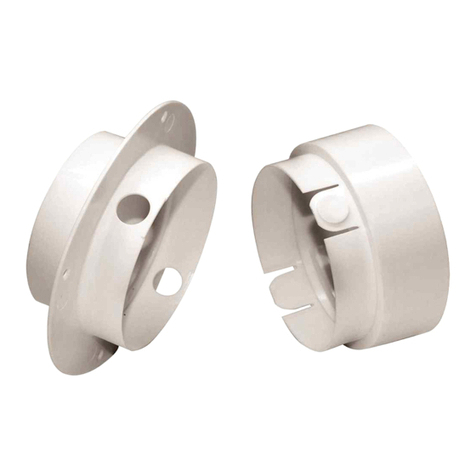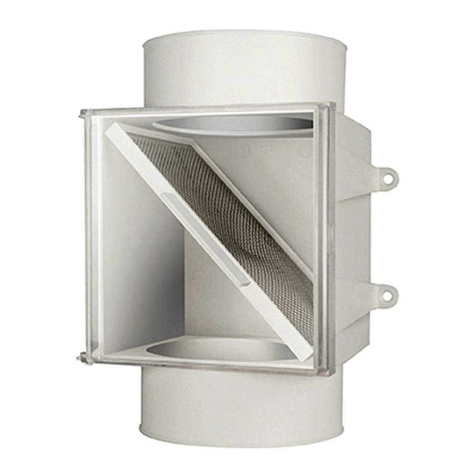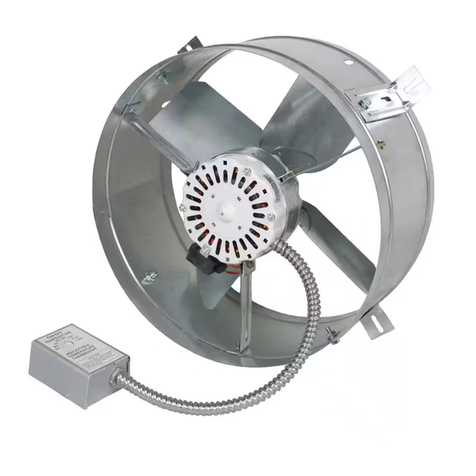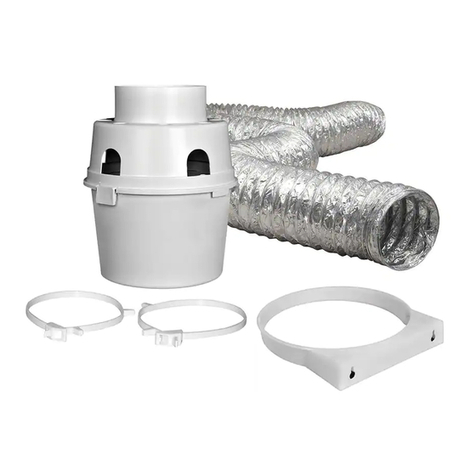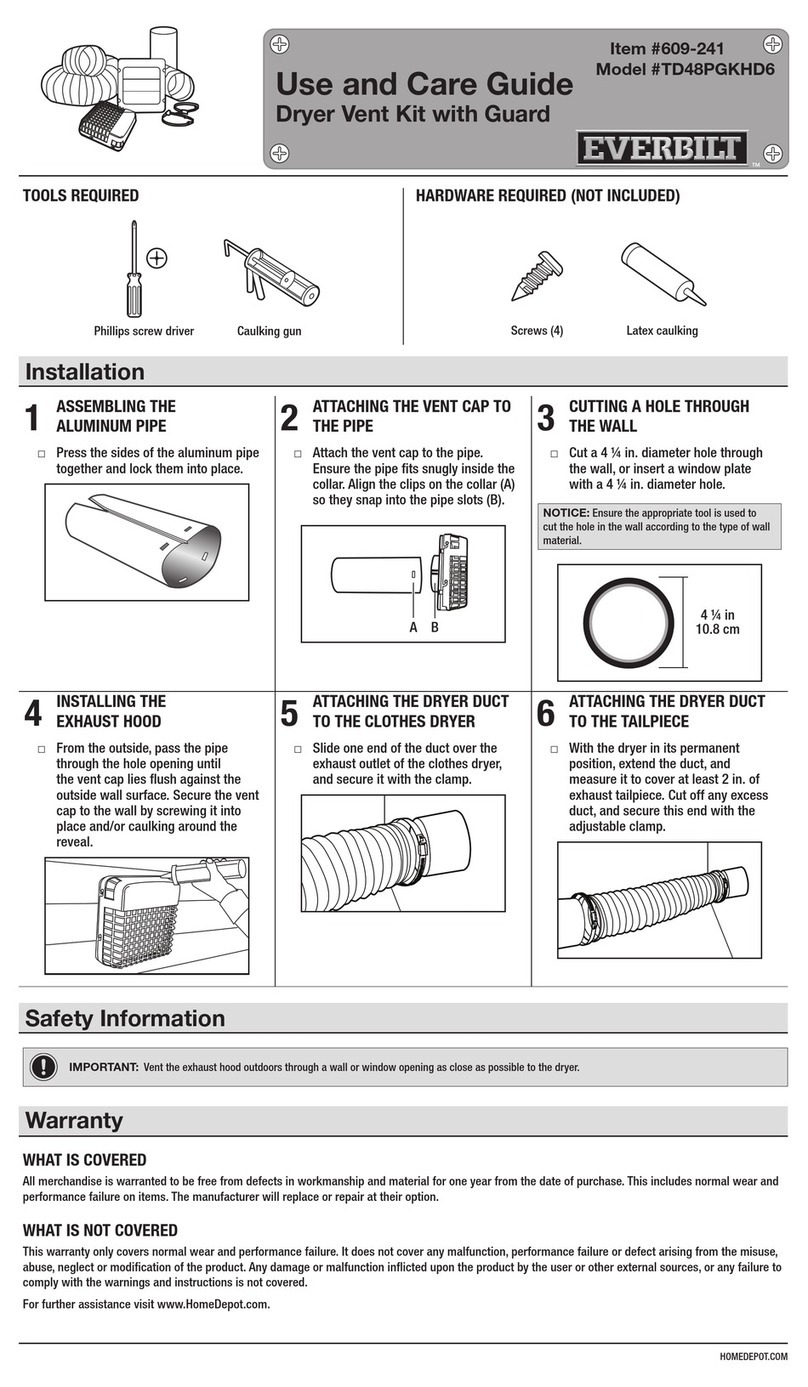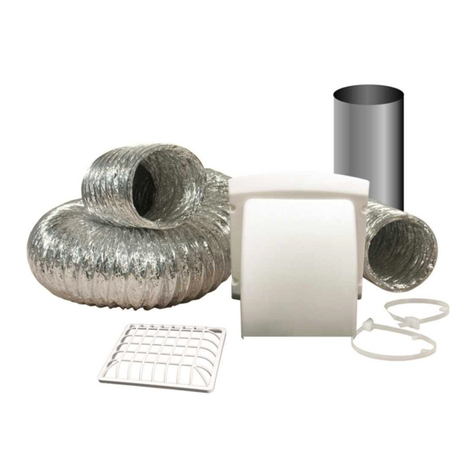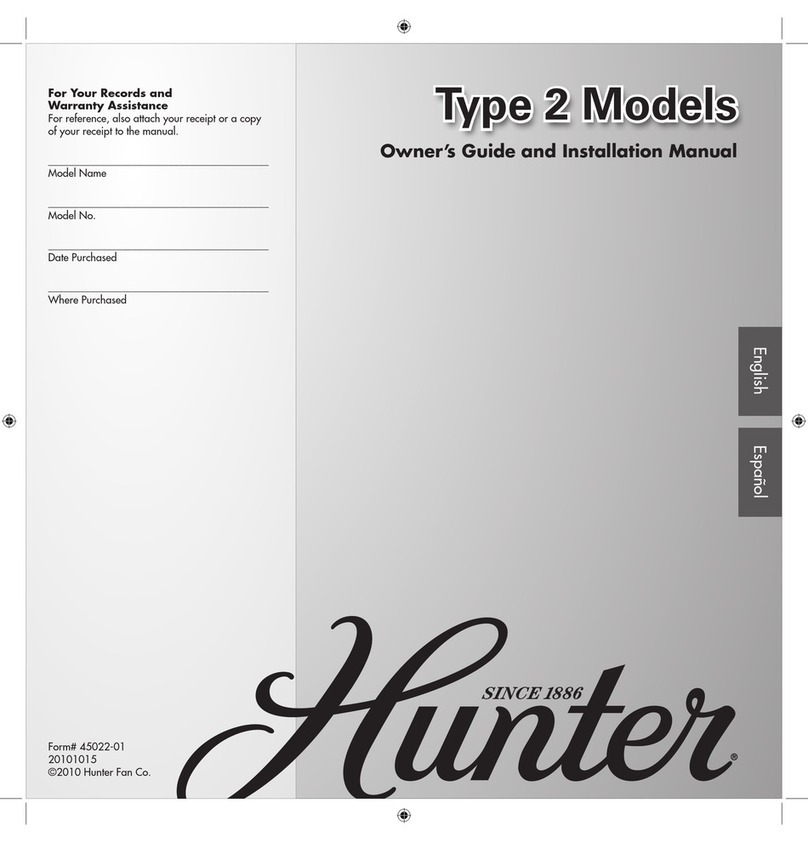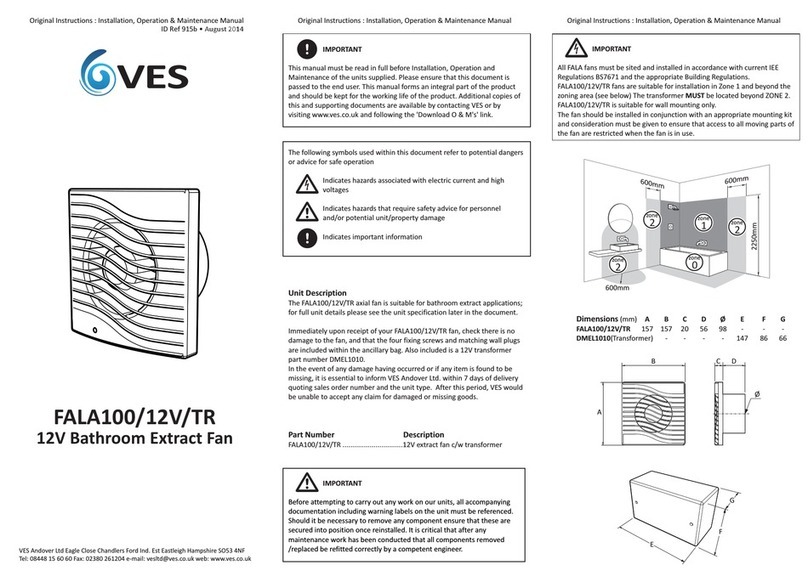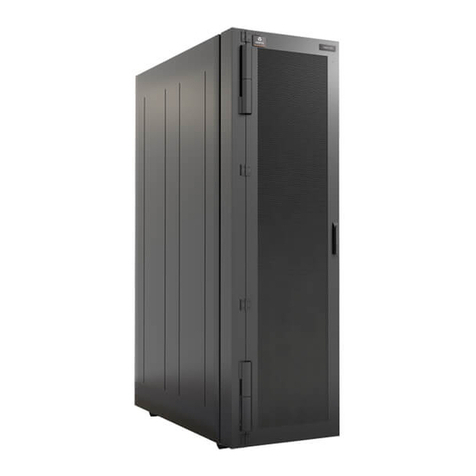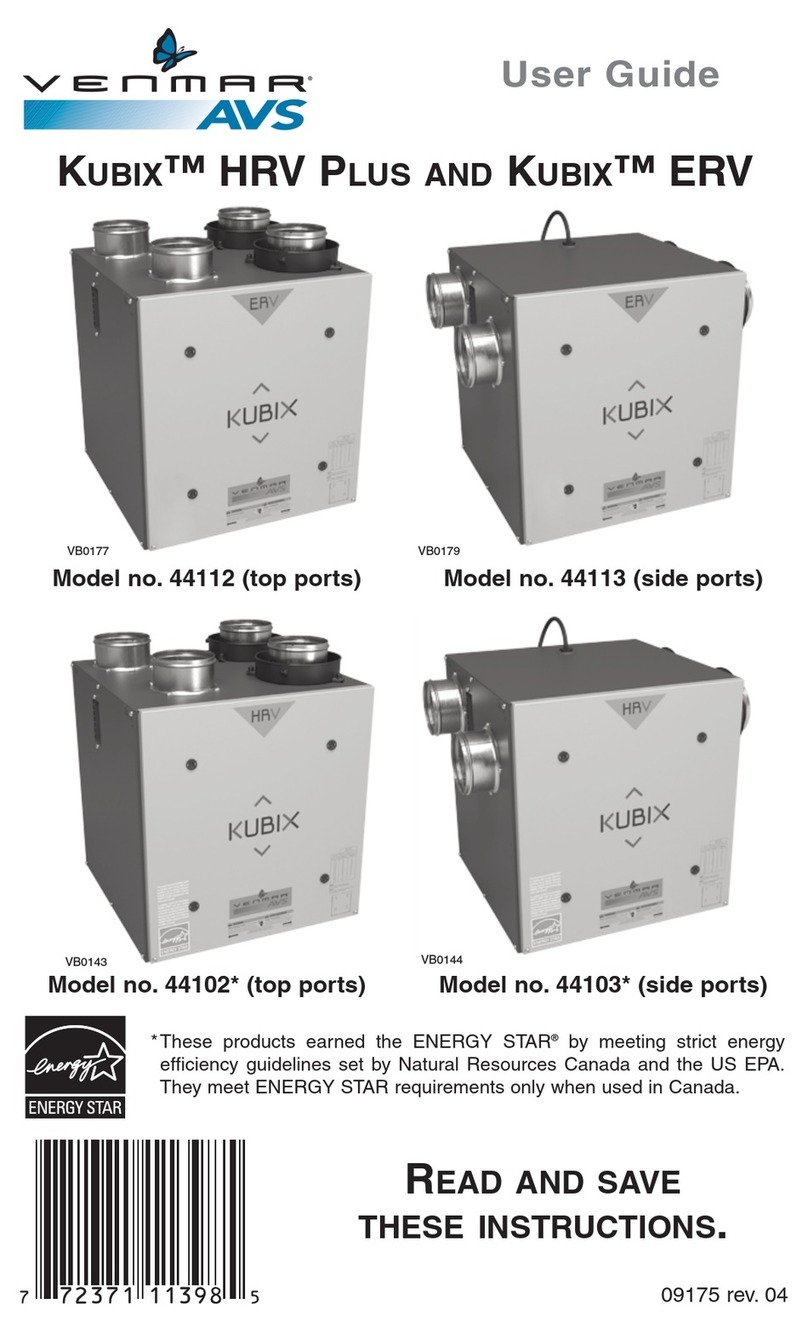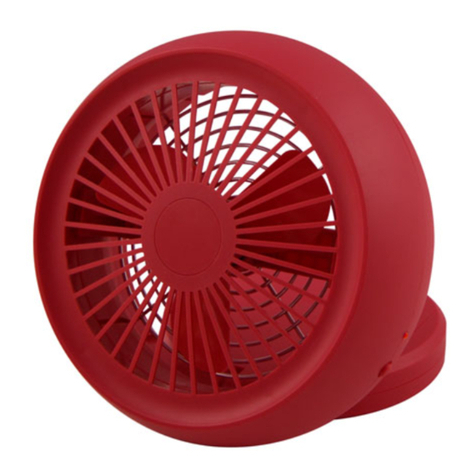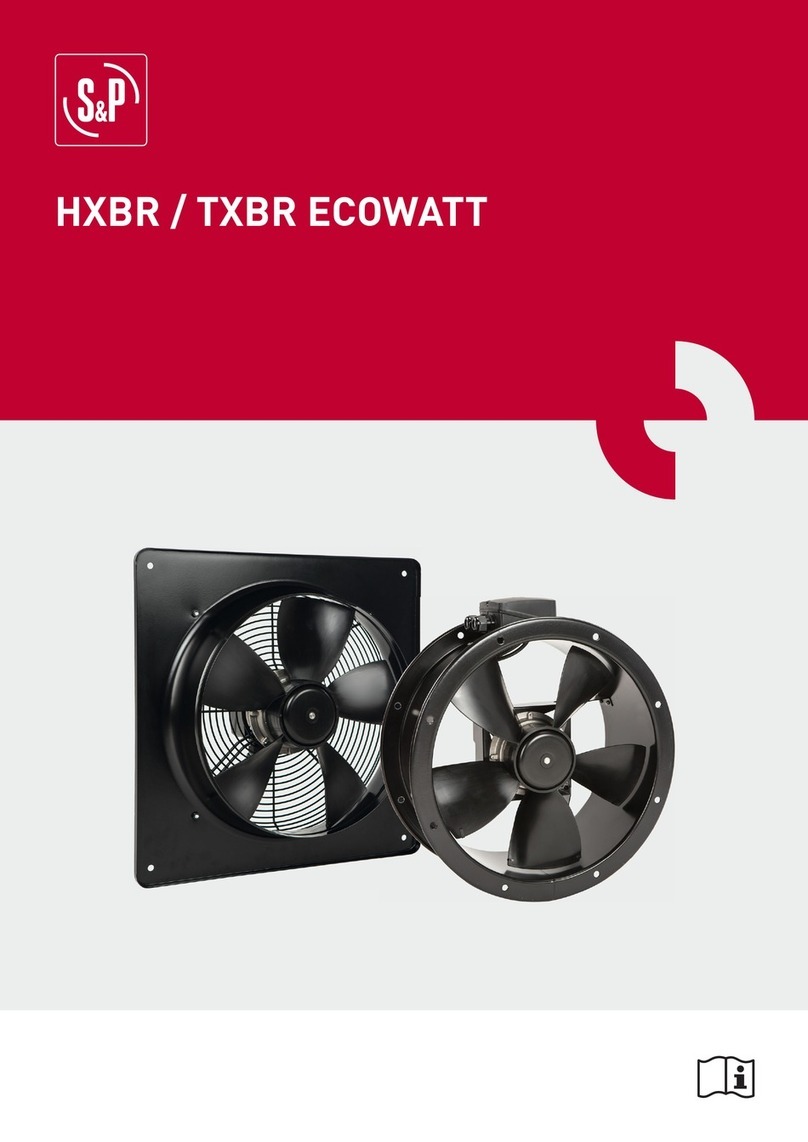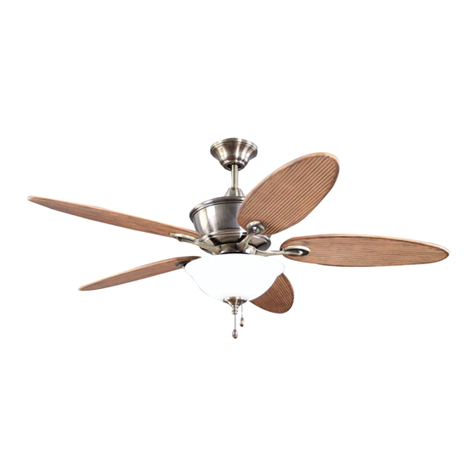
2
Table of Contents
Safety Information ..................................2
Warranty ..........................................3
Pre-Installation.....................................3
Tools Required ....................................3
Package Contents – CX242DDWTEVB ..................4
Package Contents – CX30BD-2SPDEVB ................4
Deciding on a Joist-In or Joist-Out Installation ...........5
Installation - Joist-in ................................6
Installation - Joist-out ...............................9
Operation. . . . . . . . . . . . . . . . . . . . . . . . . . . . . . . . . . . . . . . . . 13
Maintenance ......................................13
Care and Cleaning .................................13
Troubleshooting ...................................14
Safety Information
PLEASE READ AND UNDERSTAND THIS ENTIRE MANUAL BEFORE
ATTEMPTING TO ASSEMBLE, OPERATE, OR INSTALL THE PRODUCT.
WARNING: TO REDUCE THE RISK OF FIRE, ELECTRIC SHOCK,
OR INJURY TO PERSONS, OBSERVE THE FOLLOWING:
1. Installation work and electrical wiring must be done by
qualied person(s) in accordance with all applicable codes
and standards, including re-rated construction.
2. Sufcient air is needed for proper combustion and exhausting
of gases through the ue (chimney) of fuel burning
equipment to prevent back drafting. Follow the heating
equipment manufacturer’s guideline and safety standards
such as those published by the National Fire Protection
Association (NFPA), and the American Society for Heating,
Refrigeration and Air Conditioning Engineers (ASHRAE), and
the local code authorities.
3. When cutting or drilling into the wall or ceiling, do not
damage the electrical wiring or other hidden utilities.
4. Use this unit only in the manner intended by the
manufacturer. If you have questions, contact the
manufacturer.
5. Before servicing or cleaning the unit, switch the power off at
the service panel and lock the service disconnecting means
to prevent the power from being switched on accidentally.
When the service disconnecting means cannot be locked,
securely fasten a prominent warning device, such as a tag, to
the service panel.
WARNING: TO REDUCE THE RISK OF FIRE OR ELECTRIC
SHOCK, DO NOT USE THIS FAN WITH ANY SOLID-STATE SPEED
CONTROL DEVICES.
CAUTION: DOUBLE CHECK THAT FAN BLADES ARE
SECURE TO THE HUB PRIOR TO INSTALLATION. BLADES
CAN BE DAMAGED DURING SHIPMENT AND CAN BECOME A
HAZARD UPON ACTIVATION OF MOTOR.
1. This unit has an unguarded propeller. Do not use in locations
readily accessible to people or animals.
2. For general ventilating use only. Do not use to exhaust
hazardous or explosive materials and vapors.
3. Carbon monoxide is an odorless, colorless gas that can kill.
It may be drawn into the house by operating this fan if your
fuel-burning equipment is not properly maintained, or if you
lack adequate attic space.
